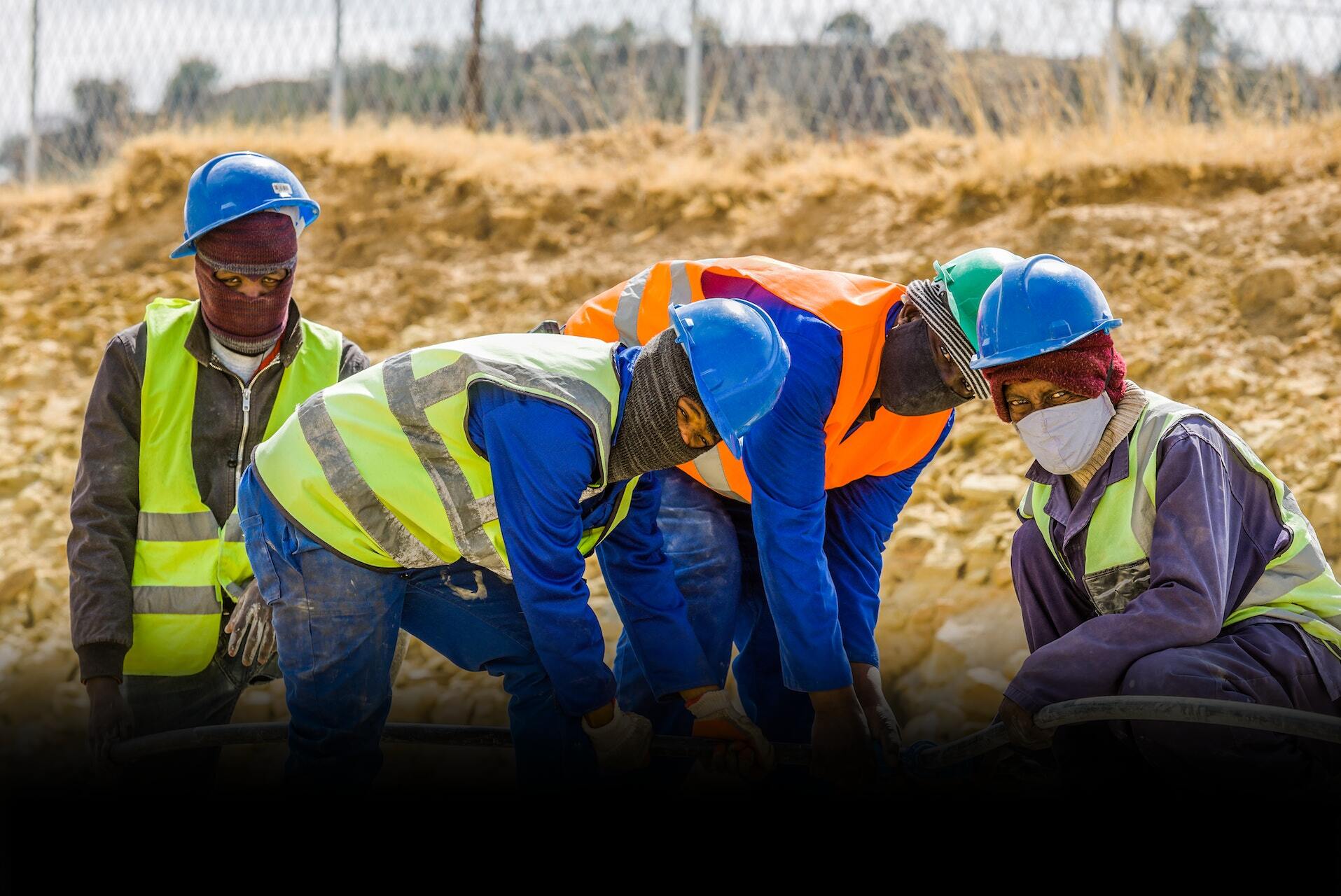
Last article briefly discussed how “human factors” influence working practices to understand reasons behind people behave the way they do at work. By the end of the article If you can understand its objective.
we illustrated the three major factors Influencing Safety-Related Behaviour
Organizational Factors
Job Factors
Individual Factors
Read ``Avoid Bad Factors Inluencing Safety Behavior``
b) Job Factors
When properly design of Job and related roles, take into account both physical and mental tasks, limitations and strengths influencing the human performance. That guarantee suitability of right general characteristics of worker with his capabilities required by the job, Consequently the reflective outcome regarding general health and safety performance will trend up along with business results.
Characteristics of a worker’s job that influence their safety-related behavior:
1. Task
Briefly, the main characteristics of a job are the method of task fulfilment, nature of the task, and ergonomic requirements. Manual handling, for example, is a major repetitive part of a worker’s shift, so he usually needs to bend over or stoop over, walk, and firmly grasp weights. No doubt it is very exhausting, so if these tasks are not adapted to his best suit, he definitely will search and find the most comfortable method to facilitate his tasks, which may be an unsafe method, meaning a high probability of more severe injuries occurring.
3. Environment
Poor workplace design ( space, lighting, noise, temperature, and humidity ) leads to unsafe and unhealthful working conditions. To avoid such outcomes, properly controlled parameters minimise negative impacts on worker performance. For example, workers in high-temperature environments suffer dehydration, heat stress, and heat stroke. In order to minimise physical exertion, he may search for and find methods that may be unsafe, meaning a high probability of more severe injuries occurring.
4. Work procedures
The more existence and quality they are, the better reflections on the management system and better individual safety-related behaviour
2. Workload
Similar to the “work pattern in Pt.1” factor, when setting out major job objectives and planning without consideration for a healthy environment and safe working conditions, severe consequences are likely to result. A loaded work schedule may mean bad shift systems, late work at night or extended shift hours, a high rate of work, deadlines, and a variety of work. “Workers are human beings, not machines.” They get fatigued and lose concentration. Same result: he definitely will search for and find the most comfortable method to avoid fatigue (which may involve drugs, meaning a high probability of disaster occurring)

5. Controls
Poorly designed work controls can contribute to the likelihood of human error
Failing to prepare = Prepare to fail
– Safety Advisor
c) Individual Factos
The society of the workplace consists of groups of people having different characteristics represented in the form of skills, education, habits, experience, attitudes, morales, beliefs, and even points of view. So some cannot be changed, while fortunately others can.
Absorbing each characteristic to reshape it to conform to health and safety requirements is a major but time-consuming undertaking if not established from the beginning. For example, if workers have a negative attitude towards health and safety, proper methods must be recognised in order to change their attitude.
1. Attitude
In the context of workplace safety, it defines how workers think of the workplace in general and how they consider health and safety. Attitudes are part of self-image, the mental picture a person has of themselves. Positive attitudes can be changed, but in the long run by some methods:
- Education and training
- Pictures of the injuries may change attitude quickly.
- Enforcement of rules.
- Consultation and involvement in the decision- making process
Positive attitudes mean that workers behave safely, that no rules are broken, that there are fewer violations, and that there are fewer accidents and injuries.
2. Motivation
In the context of health and safety, motivation can be a double-edged weapon that, when used carefully, It can either improve individual factors regarding safety behaviour or fake it.
An incentive scheme can result in safe behaviour, but not simply because they are wilful. No, no, it’s only because they perceive a reward. Once incentives are stopped, true unsafe behaviour may appear.
For example, paying bonus related to the monthly number of accidents recorded Fewer accidents = bigger bonus. But what if workers reported fewer accidents to make their numbers look better?
Think about it!
3. Competence
Laws require employers to ensure that workers are competent for the role. Competence means a combination of knowledge, experience, training, and ability that brings a worker to a level of performance that meets standards while also knowing personal limitations. Competency can be improved by all three factors combined: training, experience, and qualification.
The conclusion
Understanding work related safety behavior is corner stone to Manage health and safety, manage job, organisational and human factors are essential to prevent major accidents




